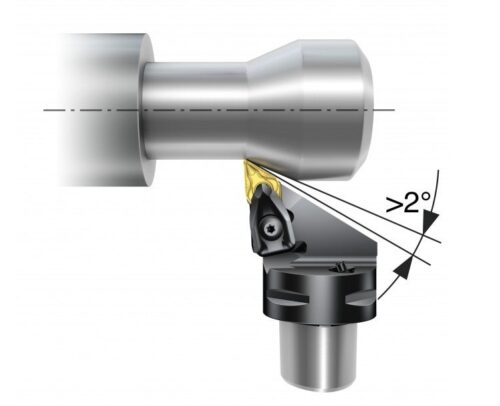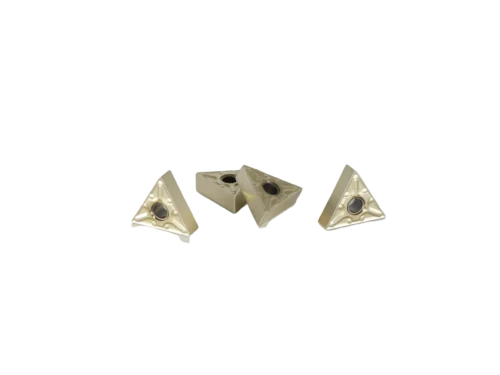Metal Lathe Cutters: How to Choose Efficient and Durable Turning Tools
In the field of metal processing, the performance of metal turning cutters directly affects processing efficiency and finished product quality. This article will help you accurately match turning tools with processing needs by recommending mainstream models and analyzing applicable scenarios.

一. Core advantages of metal turning tools
Metal lathe tools have become the core of modern machining with the following features:
1. Multi-material compatibility: efficient cutting from aluminum alloy to titanium alloy
2. High rigidity design: reduce surface roughness problems caused by vibration
3. Modular blades: fast replacement to reduce downtime
4. Precision geometry: optimize chip removal and heat dissipation path

二. 3 cost-effective turning tool models are recommended
According to the classification of processing materials, the best choices for turning tools for metalworking are as follows:
1. General turning tool: CNMG-43
Applicable materials: stainless steel, carbon steel, cast iron
Cutting parameters: Linear speed (Vc): 180-250 m/min, feed rate (f): 0.15-0.3 mm/rev, cutting depth (ap): ≤4 mm
Advantage: 80° diamond tip design takes into account both strength and flexibility

2. Special for high-temperature alloys: TNMG-TF
Applicable materials: Hastelloy, titanium alloy
Cutting parameters: Vc: 50-80 m/min (titanium alloy recommended ≤60 m/min), f: 0.1-0.2 mm/rev, ap: ≤2 mm
Advantage: Sharp positive rake angle reduces the risk of work hardening

3. Heavy-duty rough turning solution: CNMG-PV
Applicable materials: high-hardness cast iron (HBW 220-400)
Cutting parameters: Vc: 120-180 m/min, f: 0.4-0.7 mm/rev, ap: ≤8 mm
Advantages: Negative chamfer structure improves chipping resistance

三. Selection decision tree: Accurately match processing needs
When using metal machining turning tools, follow this logic to quickly lock in the best solution:
1. Determine the material type: soft metal/steel/high temperature alloy/superhard material
2. Analyze the processing stage: rough turning, fine turning, thread processing
3. Evaluate equipment conditions: machine tool rigidity, maximum speed, cooling method
4. Quantify cost goals: single tool cost vs. comprehensive processing efficiency
Whether it is mass production or high-difficulty special processing, choosing the right metal lathe cutters can significantly improve processing benefits. It is recommended to detect tool wear curves every quarter and establish a cutting parameter database for continuous optimization.
